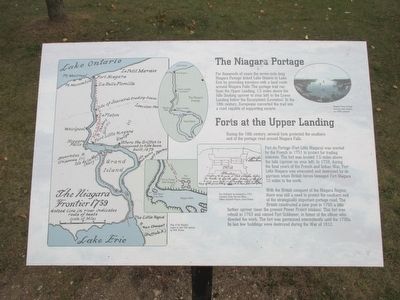Welcome to the Sterling Center Historic District in Massachusetts, a quaint area rich in history and charm. This district, established in the early 18th century, has seen a fascinating evolution over the centuries. Originally founded as a small settlement in 1720, Sterling quickly became a bustling hub due to its strategic location along early colonial routes.
The town of Sterling was officially incorporated in 1781, named after General William Alexander, Lord Stirling, a notable figure in the American Revolutionary War. His leadership and contributions to the war effort left a lasting impression on the community, and his name was chosen to honor his legacy.
One of the major historical events in Sterling’s history is the role it played during the American Industrial Revolution. The district flourished with the advent of mills and factories, which were powered by the Nashua River. These industries attracted workers and led to the development of a vibrant community.
Sterling Center is also known for its connection to the famous author Louisa May Alcott, who visited the area frequently. Her novel, ‘Little Women,’ captured the essence of New England life, and her time in Sterling undoubtedly influenced her storytelling.
As you explore the district, you’ll notice the well-preserved architecture that reflects the town’s rich past. Historic homes and buildings stand as a testament to the craftsmanship of the 18th and 19th centuries. The First Church in Sterling, built in 1833, is a remarkable example of Greek Revival architecture and serves as a reminder of the town’s religious and cultural heritage.
Today, Sterling Center continues to embrace its historical roots while adapting to modern times. The district is a vibrant community hub, hosting events and activities that celebrate its unique heritage. Walking through the streets, you can almost hear the echoes of the past, from the clatter of horse-drawn carriages to the hum of early industrial machinery.
Sterling’s historical significance extends beyond its borders, serving as a microcosm of New England’s broader history. Its story is one of resilience, growth, and transformation, captivating visitors with its rich tapestry of events and personalities.


